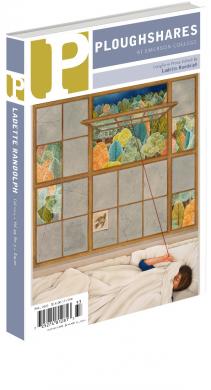Wake
1. “A crack in the walls that ordinarily hem us in.”[1] On September 7, 2017, minutes before midnight, I was alone in a borrowed house when something began to shift: an indeterminate sensation of motion, like lapping waves. I did what I had learned to do as a child, growing up in Kuwait: I looked…

